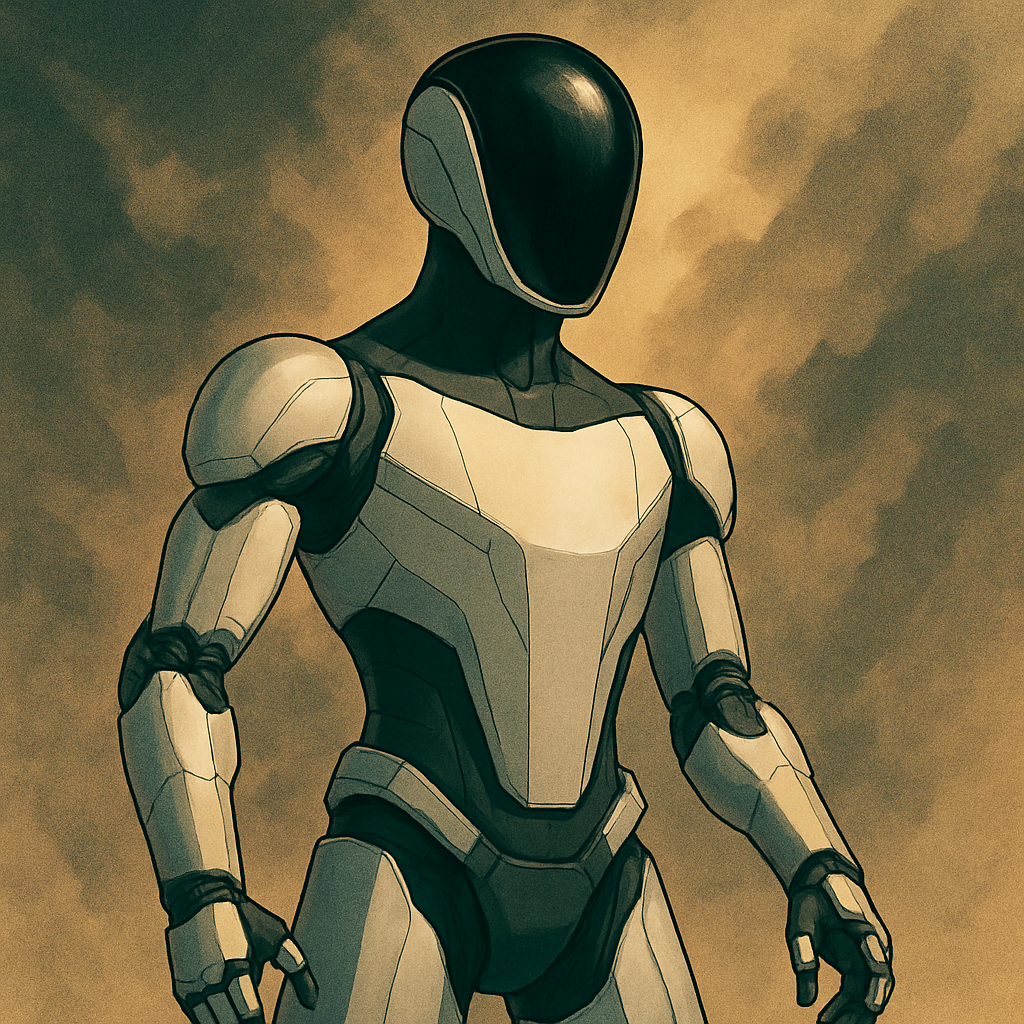
Humanoid Robots and the Race for Real AI
When Tesla unveiled its Optimus humanoid robot, it wasn't just another tech demo—it was a statement. A declaration that robotics was no longer relegated to factory arms and vacuum cleaners. Elon Musk promised a robot that would one day replace human labor across dangerous and dull jobs. But reality, as it often does, hit back hard.
Fast forward to mid-2025, and the robot revolution has stalled. Tesla recently paused Optimus production due to performance and reliability issues: overheating joints, unreliable battery life, and poor grip control. It’s a reminder that building a humanoid robot isn’t just a hardware problem—it’s an AI problem, too.
The company’s pivot is telling. With Autopilot veteran Ashok Elluswamy now steering the Optimus program, focus has shifted from physical dexterity to cognitive intelligence. Tesla plans to integrate its in-house language model Grok into Optimus—giving the robot semantic understanding to interact more naturally with the world around it.
But big promises remain unfulfilled. Despite Musk’s claims that Optimus will be performing factory tasks by year’s end and scaling to millions by 2029, experts remain skeptical. "It’s one thing to choreograph a demo," notes MIT roboticist Priya Khanna, "but real-world dexterity and generalization are far harder."
The race isn’t Tesla’s alone. Companies like Figure AI, Agility Robotics, and Apptronik are racing to deploy humanoids in logistics and retail. Meanwhile, Boston Dynamics continues pushing the boundaries of mobility—but with limited autonomy. Everyone’s gunning for the same prize: a robot that’s not just human-shaped, but human-smart.
It’s a cultural question as much as a technical one. Are we prepared to coexist with machines that walk, talk, and work like us? The answer, like the robots themselves, is still under construction.